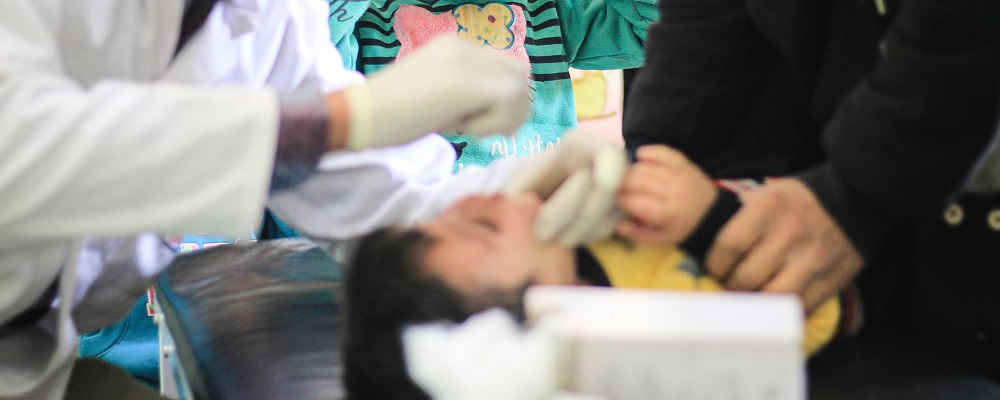
22
FebruaryHow the Covid-19 Pandemic Changed Education Forever
Contrary to popular belief, the Covid-19 pandemic is not the first time that people in different parts of the world have been required to wear face masks. In fact, there have been several other plagues and pandemics even deadlier than coronavirus
throughout history. None, however, have greatly affected how we deliver education. That is until today.
Although online learning (otherwise referred to as E-learning or distance learning) is a relatively new concept, people have been learning using computers since the late 1800s when innovation in IT became mainstream. Of course, online learning
courses and E-learning took a long time to become mainstream and online educational programs emerged in 1982. From this point onwards, people could be educated on various subjects from anywhere in the world. The ease, comfort, and flexibility e-learning
has brought to students since has made it incredibly popular worldwide. People so enjoyed this new lifestyle that by 2012, 6.7 million (32.5%) out of 20.6 million higher education students in America were enrolled in online courses (Allen & Seaman. 2013; United States Department of Education, 2013).
Notably, people were engaging in online learning largely for the convenience aspect. However, the onset of the pandemic coincided with a significant increased in E-learning. The emergence of coronavirus made the world realize not only how convenient online
learning is but also how relevant it is to modern society. In a world driven by technological innovation and communication, E-learning has been brought to the forefront of international attention. For those know did not know about e-learning before
2019, many are now registered on one online course or another, whether this is using a school platform or an online learning marketplace such as Udemy or KAPCourse.
Without online learning, many students would have faced serious difficulties over the past year. Only now as schools reopen would they have been able to resume a course which they could have finished in-person had it not been for COVID-19. Millions of students
and teachers had to leave school for months when the novel virus spread like wildfire. Educators were faced with several serious problems: if students were left to fallow for such a long period of time, how would this affect their learning and
overall education experience? How could the youth become the future of tomorrow if they were not given quality education in their prime? The answer was of course online learning!
Therefore, before the number of COVID cases plateaued, in most countries we saw schools reopening, not physically but online. Classes were conducted over Zoom, Teams and other online platforms. Many of those who were unfamiliar with this software soon
became advocates for it. Why? Because they realized it was much more convenient than what used to be the norm.
Similarly, at the university academic level, it’s estimated that about 33% of college students are taking at least one course online. The trend is expected to grow because more and more schools and universities are adopting online education to meet the needs of learners all over the world. Since 2020, 98% of universities have moved their classes online, and in 2021, 75% of schools are planning to operate entirely online.
More students will therefore have the ability to learn any subject or skill from the comfort of their own home using their favorite devices. Teachers and other talented tutor professionals can also increase their income by offering tutelage after
hours using online platforms such as Udemy and KAPcourse
As you can see, Covid-19 has inarguably changed how we deliver education. But the central question remains… is this change a good thing? To answer that, click here to check out our other blog on E-learning.

